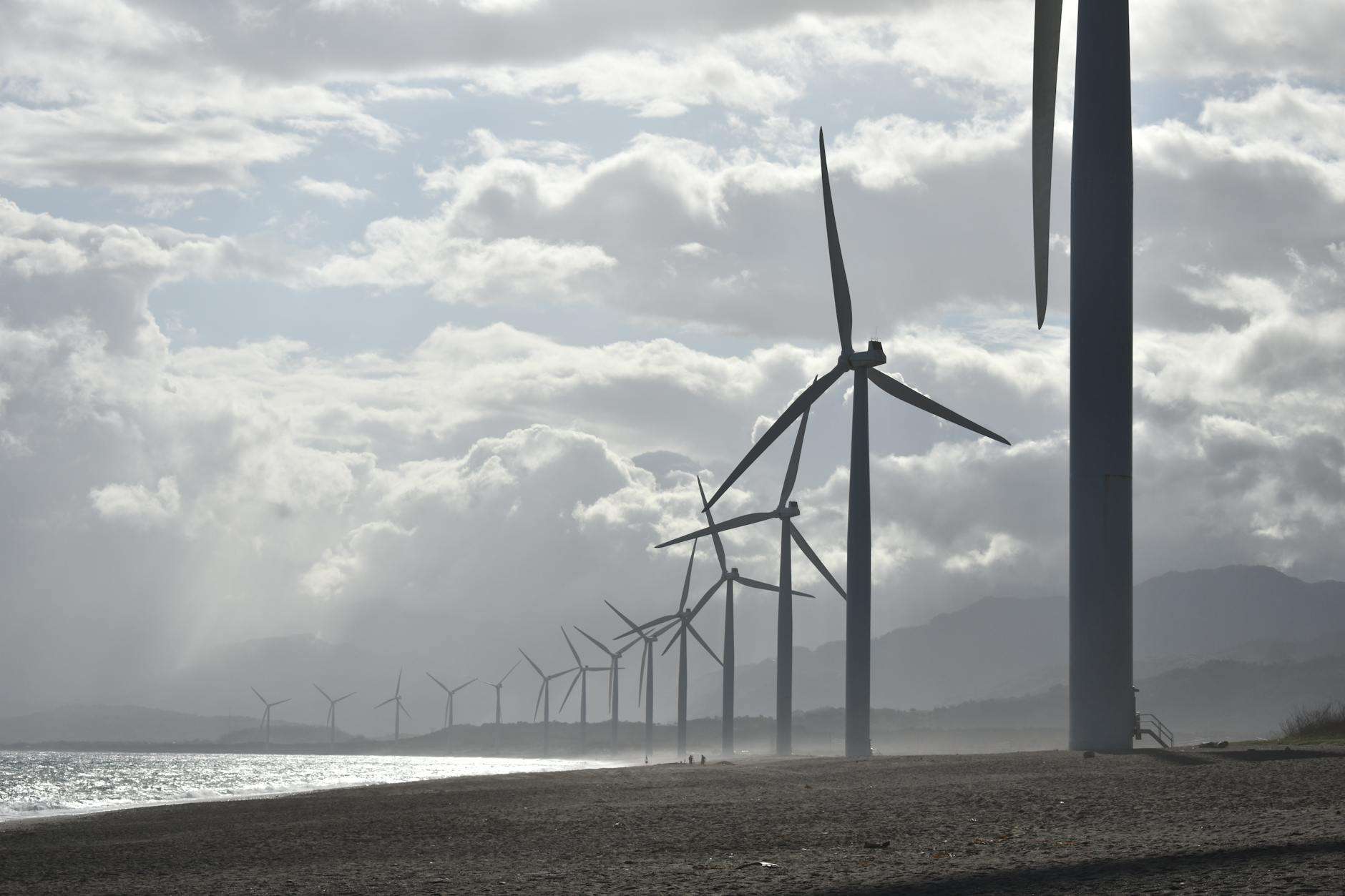When people think of making their own power to save on the cost of buying from the grid and its always climbing costs. They often think of wind turbines, but do they really work?
The price of power is currently around £0.24 kWh from the grid, but there is some oddity when it comes to cost of power and the sale price of power.
In the Telegraph today it was reported that “we” paid £745 MWh (1000 kWh) which is normally £100, for energy from the gas powered power stations. Wind power usually comes in around £35 per MWh. I will go into the prices shortly but this was due to the low winds and “unusual” claim weather.
It should be noted that the French gas fired power stations only paid 43 euro, which is £36.33 which appears to be considerably lower than the UK’s Claimed Normal price..
Price breakdown:
£745 – 0.745 kWh
£100 – 0.10kWh
£35 – 0.035kWh
Markup profits.
£745 – £0.50kwh
£100 + £0.15
£35 + £0.205
As you can see it would appear that the power company (sellers) are for the first time making a loss on the power they are selling, but it is worth noting that the energy costs only accounts for 60% of the power provided.
Wind Turbine to help solar in winter.
While in a more ideal world this makes sense, There is much more to wind turbines but it does make sense to have a low power turbine generating power at various times of the day and night. But it is NOT easy as solar, here is some information on the subject and a video at the end.
Wind Turbine Performance: Reality vs. Advertising
Understanding the Gap
Wind turbine advertising often focuses on peak power output, creating an idealized picture of energy generation. However, real-world performance is influenced by various factors, leading to a significant difference between advertised figures and actual energy production.
Factors Affecting Real-World Performance:
- Wind Speed Variability:
- Advertised figures: Typically based on specific wind speeds, often ideal conditions or even storms.
- Reality: Wind speed fluctuates constantly, with periods of calm, gusts, and sustained breezes. This inconsistency directly impacts energy output.
- Turbine Efficiency:
- Advertised figures: Assume optimal efficiency under ideal conditions.
- Reality: Factors like mechanical wear and tear, aging components, and environmental conditions (e.g., icing, dust) can reduce efficiency over time.
- Site-Specific Conditions:
- Advertised figures: May not account for local topography, obstructions (trees, buildings), or turbulence, which can significantly affect wind speed and direction.
- Reality: Ideal sites with consistent, strong winds are rare.
Comparing Domestic, Commercial, and Utility-Scale Turbines:
- Domestic Turbines (e.g., 500W):
- Advertising: Often emphasizes ease of installation and low maintenance for supplementing grid power.
- Reality: Limited power output, heavily reliant on consistent wind speeds, and may not offset significant energy consumption.
- Example: A 500W turbine might only generate a few hundred kilowatt-hours per year in a location with average wind speeds.
- Commercial Turbines:
- Advertising: Focuses on larger-scale energy production for businesses or grid connection.
- Reality: Requires significant investment, professional installation, and may face regulatory hurdles for grid connection.
- Example: A 100kW turbine can generate substantial energy, but its output is still subject to wind variability and may require energy storage solutions.
- Utility-Scale Turbines:
- Advertising: Emphasizes large-scale, grid-connected power generation for communities or utilities.
- Reality: Complex engineering and logistics, significant environmental impact considerations, and potential for visual and noise pollution.
- Example: A 5MW turbine can power thousands of homes, but its location is often subject to strict regulations and community opposition.
Key Considerations for Evaluating Wind Turbine Performance:
- Average Annual Wind Speed: Historical data is crucial for understanding the potential energy output at a specific location.
- Capacity Factor: This metric represents the actual energy produced by a turbine compared to its maximum potential output over a year.
- Return on Investment: Consider the initial cost, maintenance expenses, and potential energy savings or revenue generation.
- Environmental Impact: Evaluate the turbine’s potential impact on wildlife, noise levels, and visual aesthetics.
By carefully considering these factors, individuals and businesses can make informed decisions about wind turbine investments and realistic expectations for energy production.

No responses yet